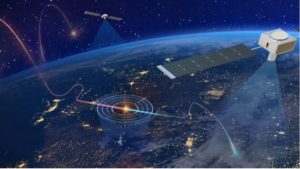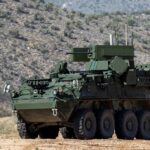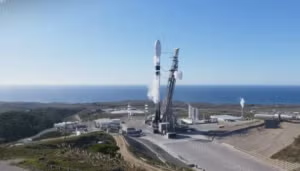
The Missile Defense Agency (MDA) selected Raytheon Technologies [RTX], Lockheed Martin [LMT] and Northrop Grumman [NOC] on Nov. 19 to complete accelerated concept designs for a hypersonic missile defense interceptor. Last February, MDA announced it was changing its plans to develop a counter-hypersonic missile defense program by refocusing efforts from the Regional Glide Phase Weapon System (RGPWS) to a nearer-term initiative called the Glide Phase Interceptor (GPI) (Defense Daily, Feb. 4). At the time, MDA said it aims for this…

 By
By 











